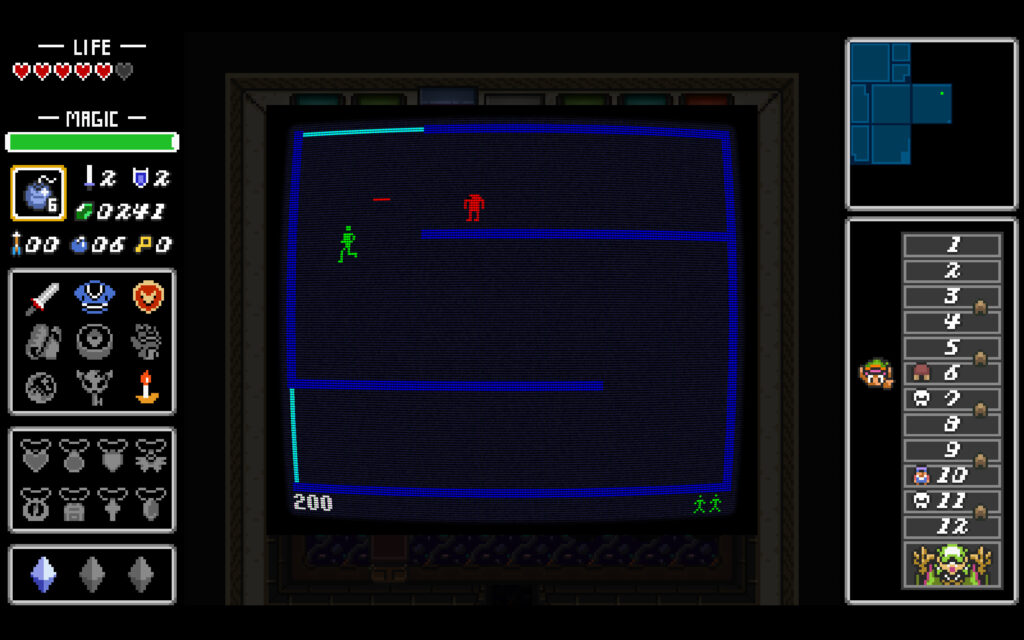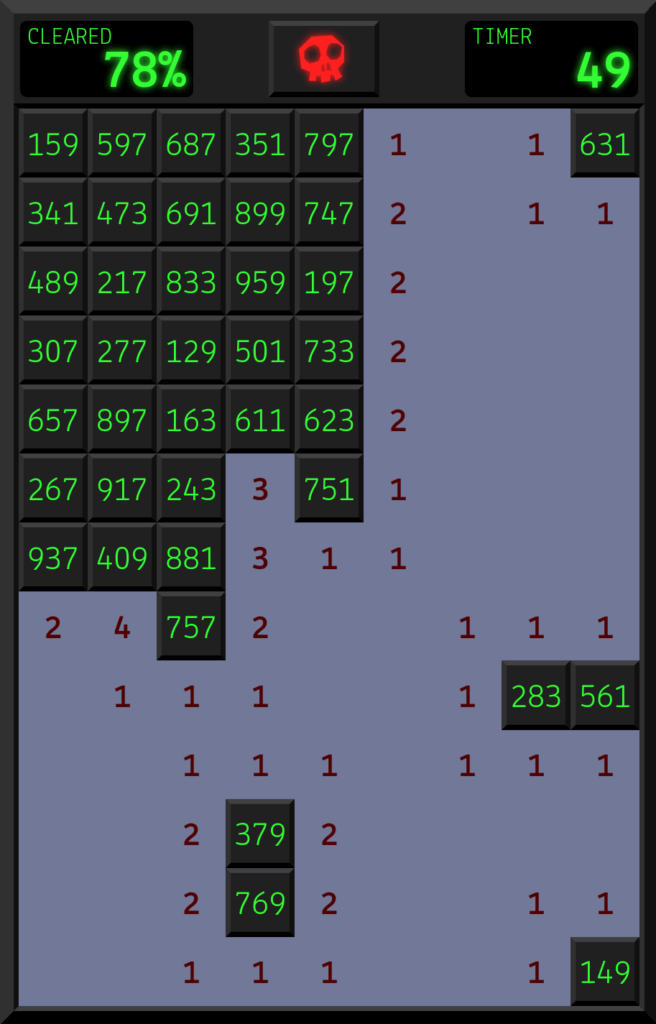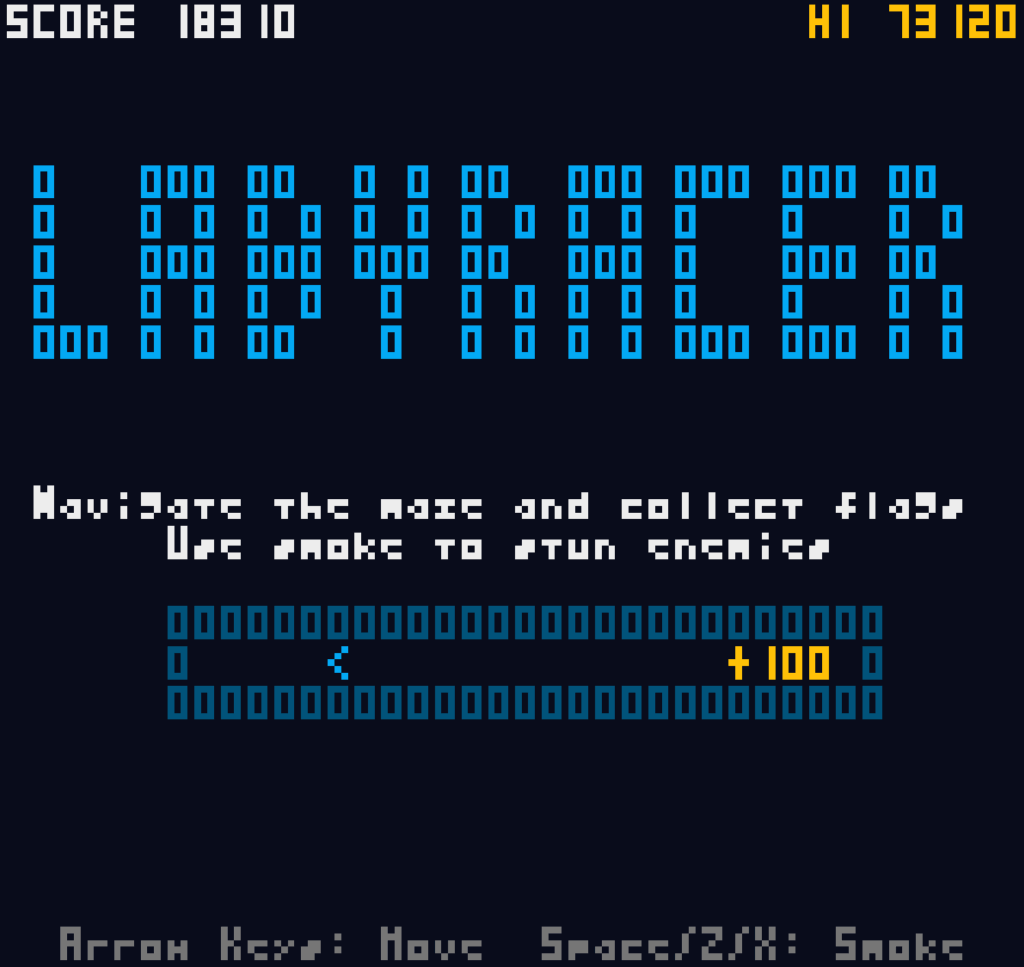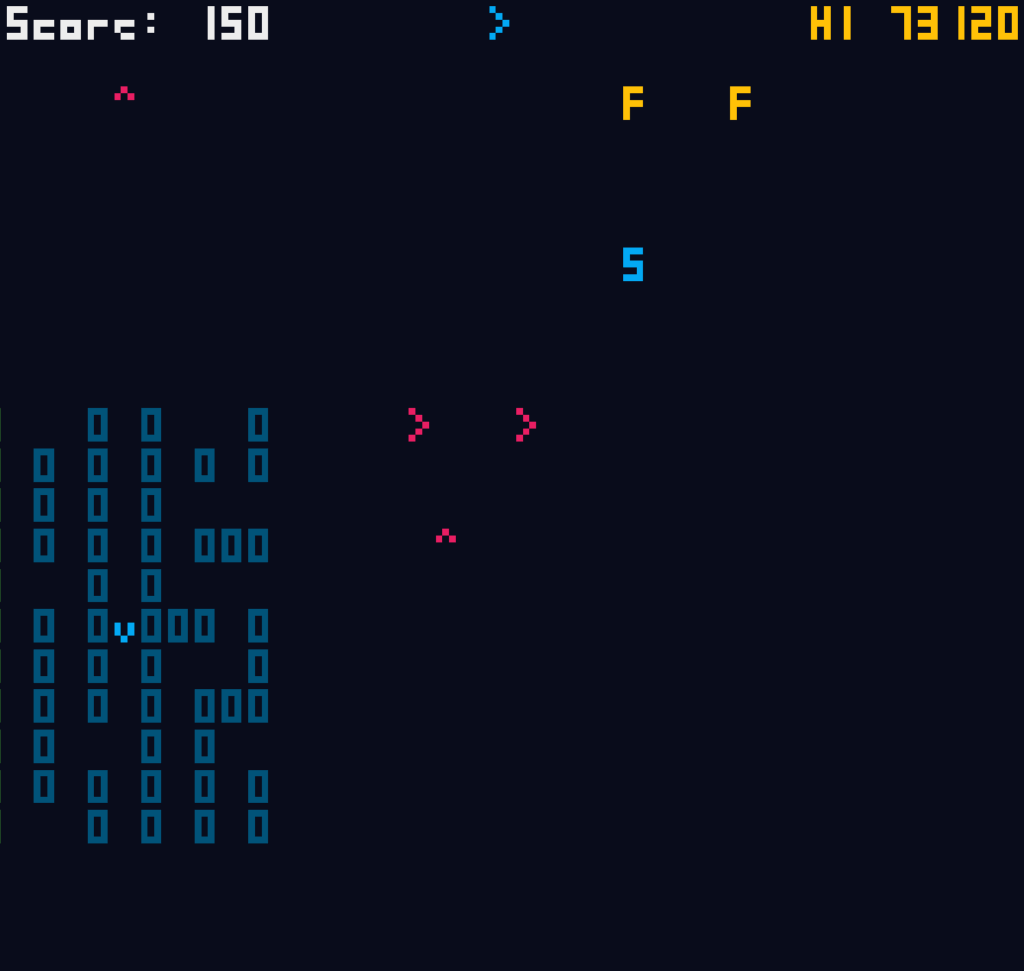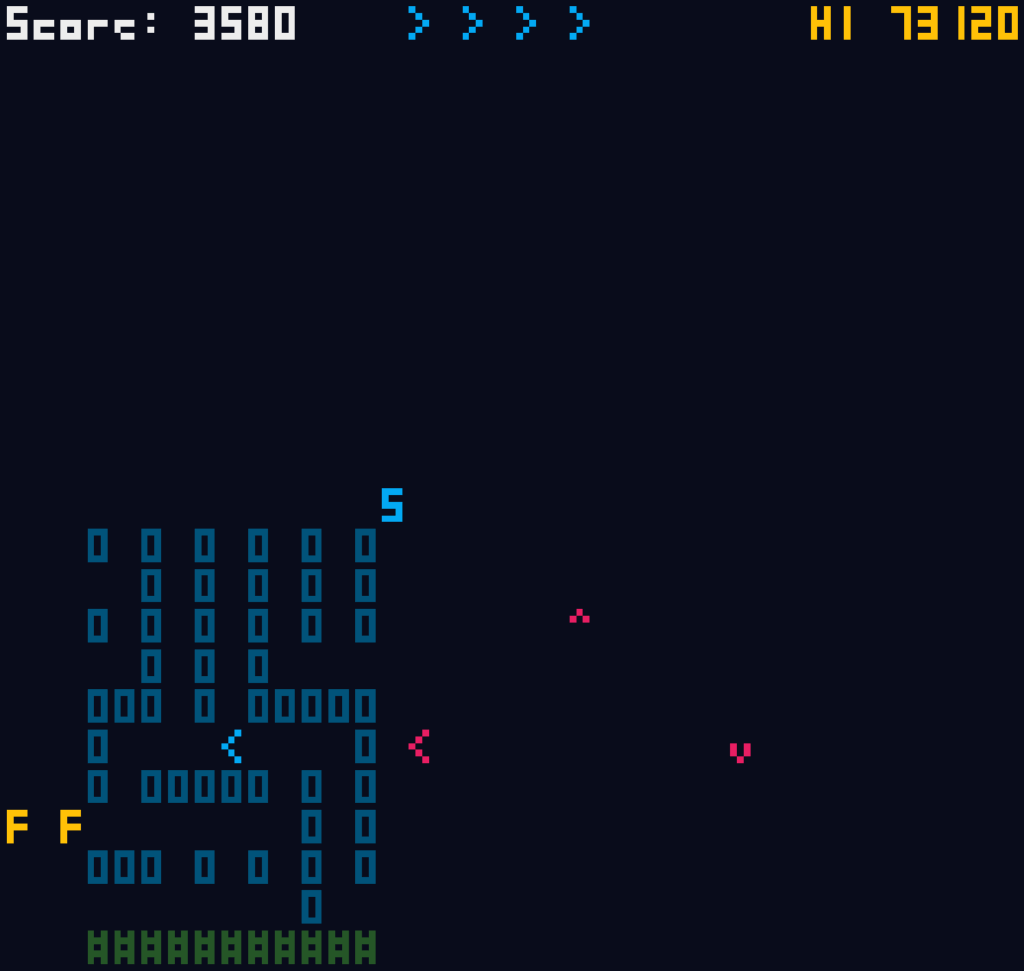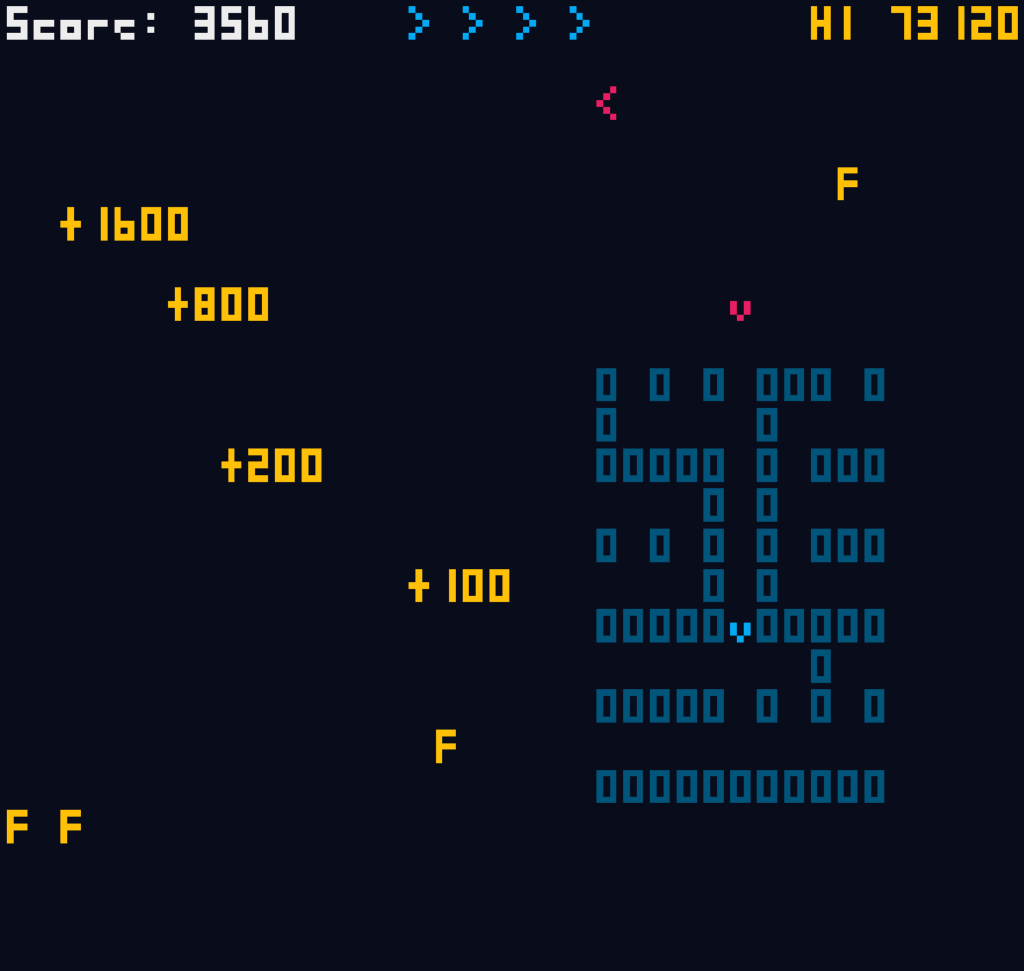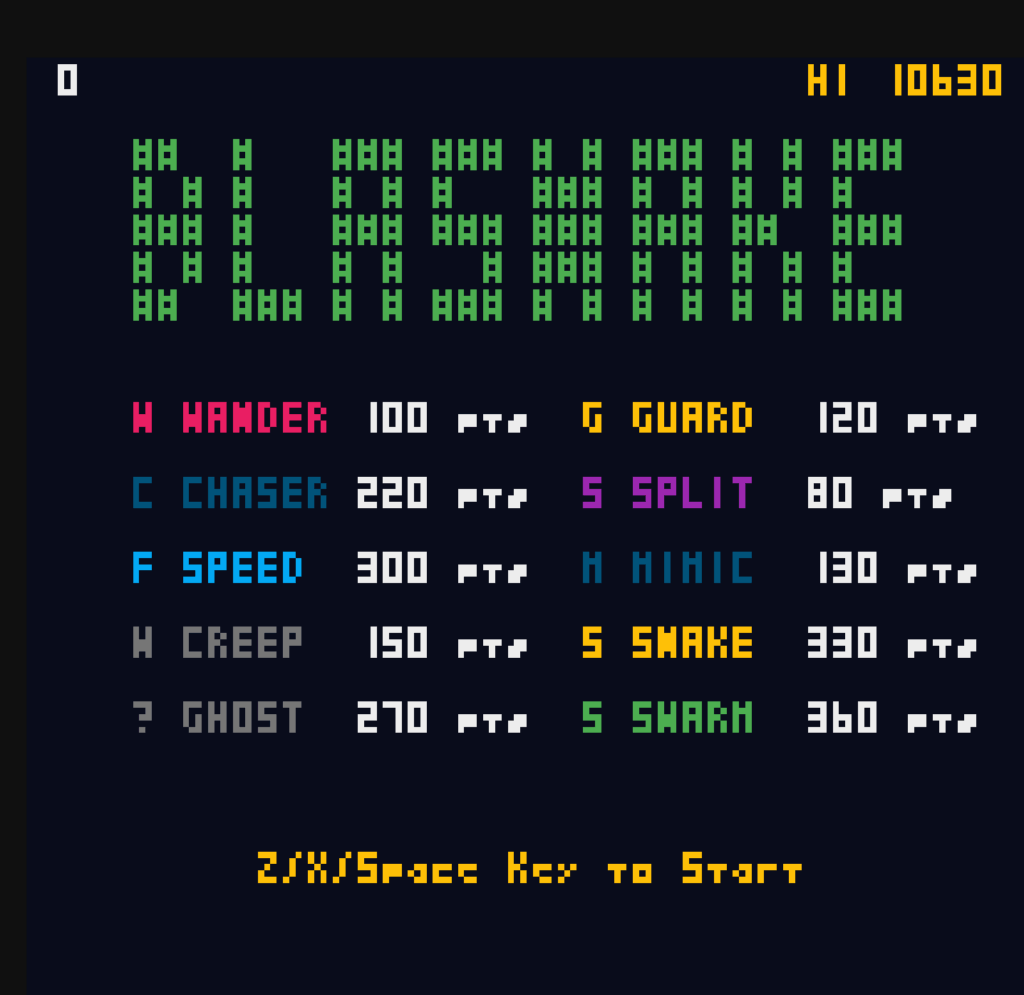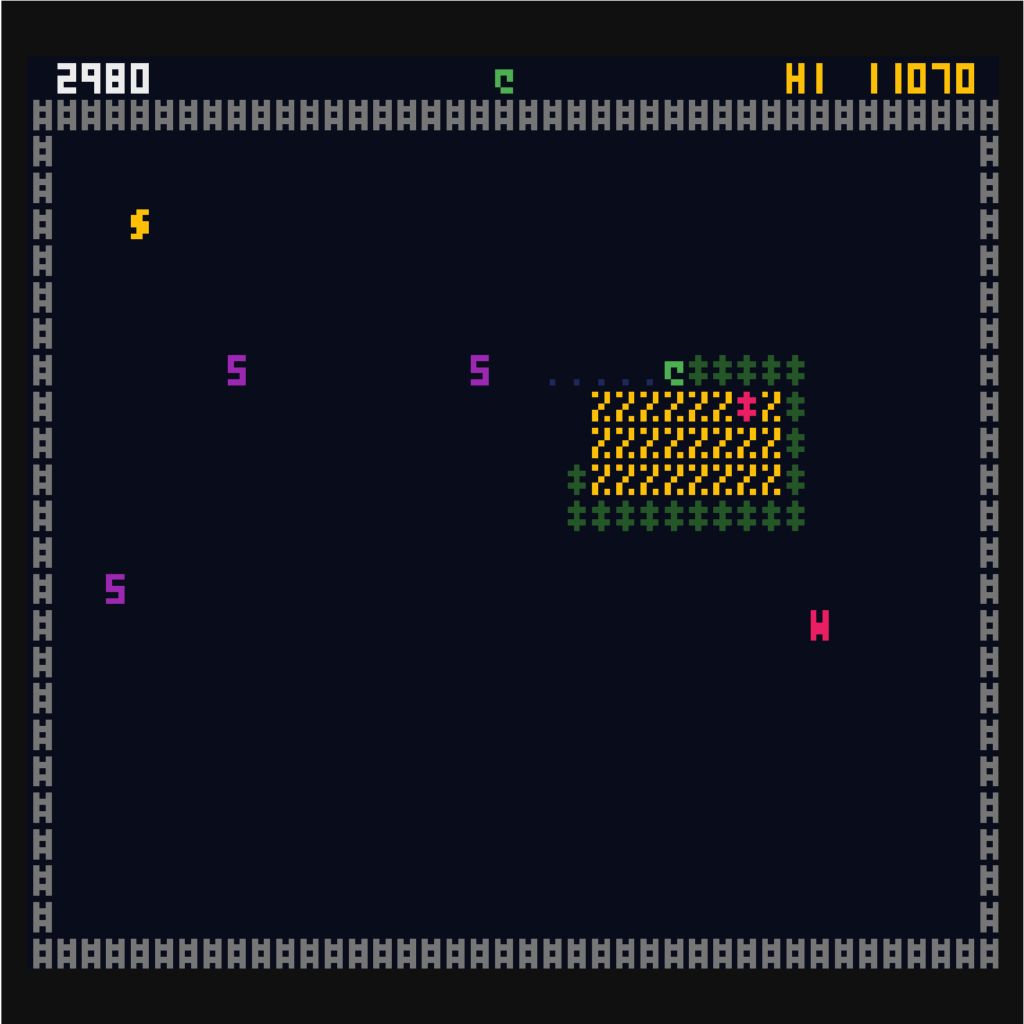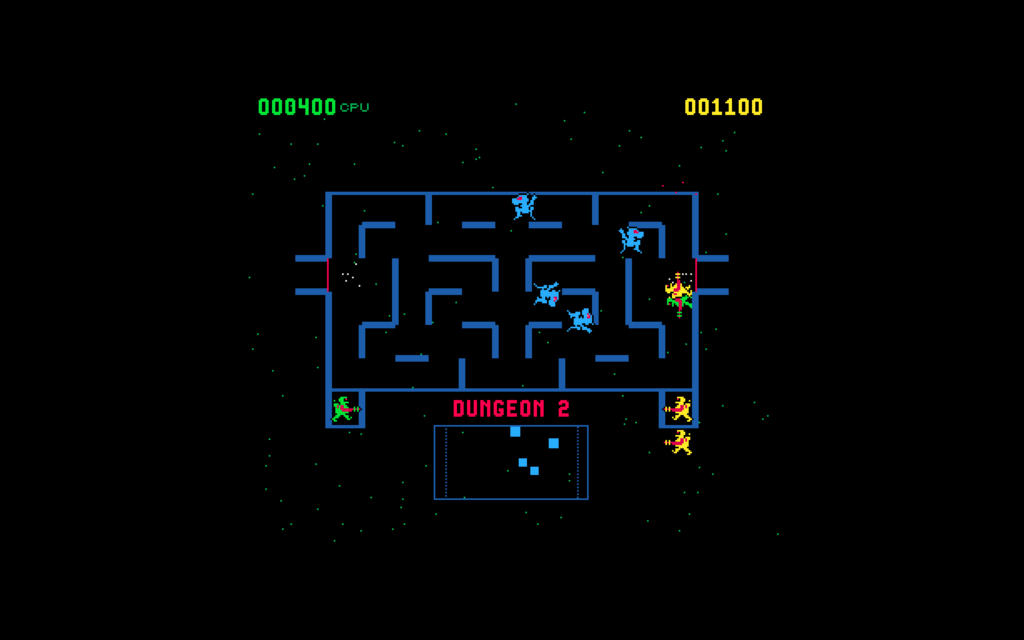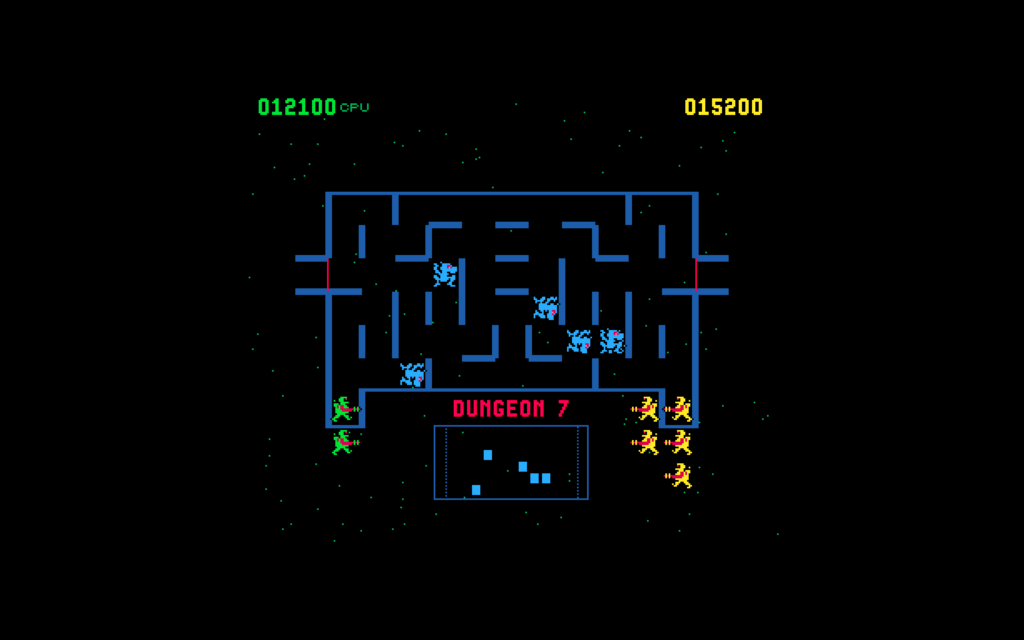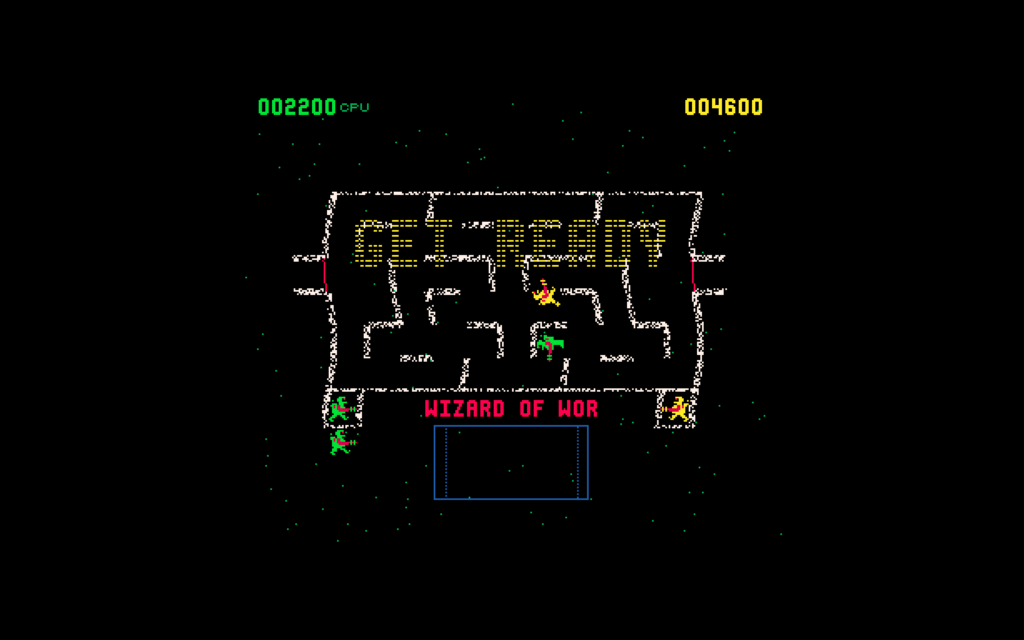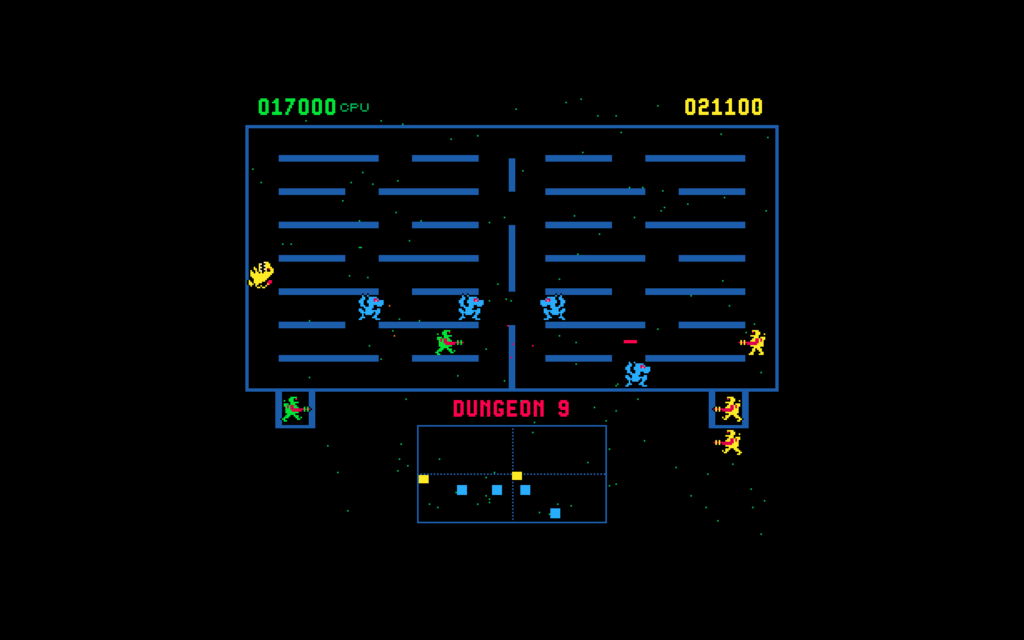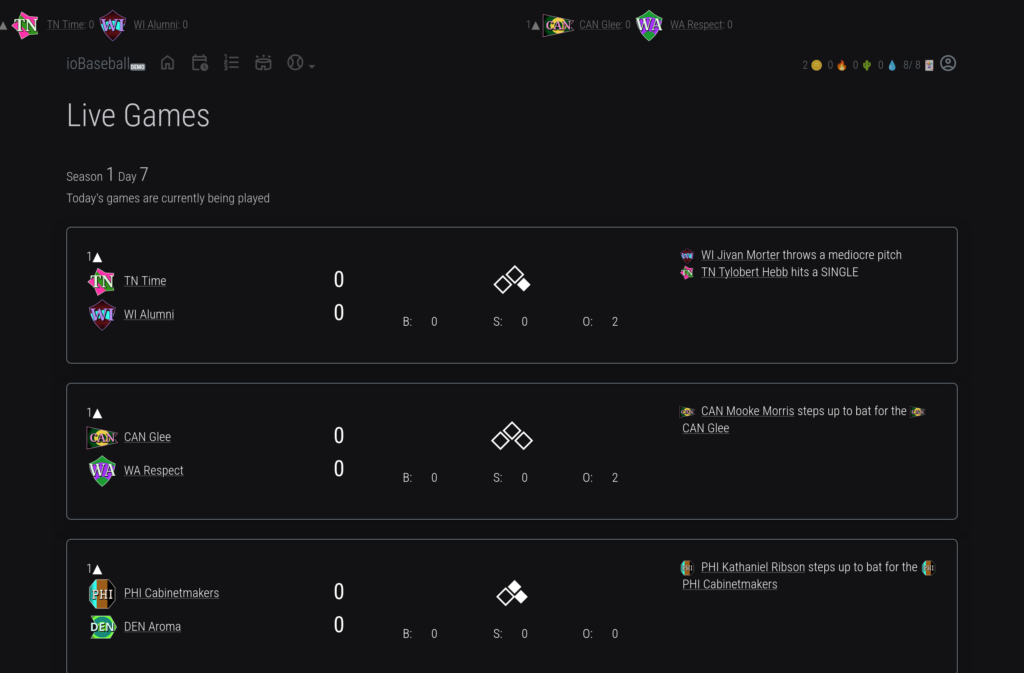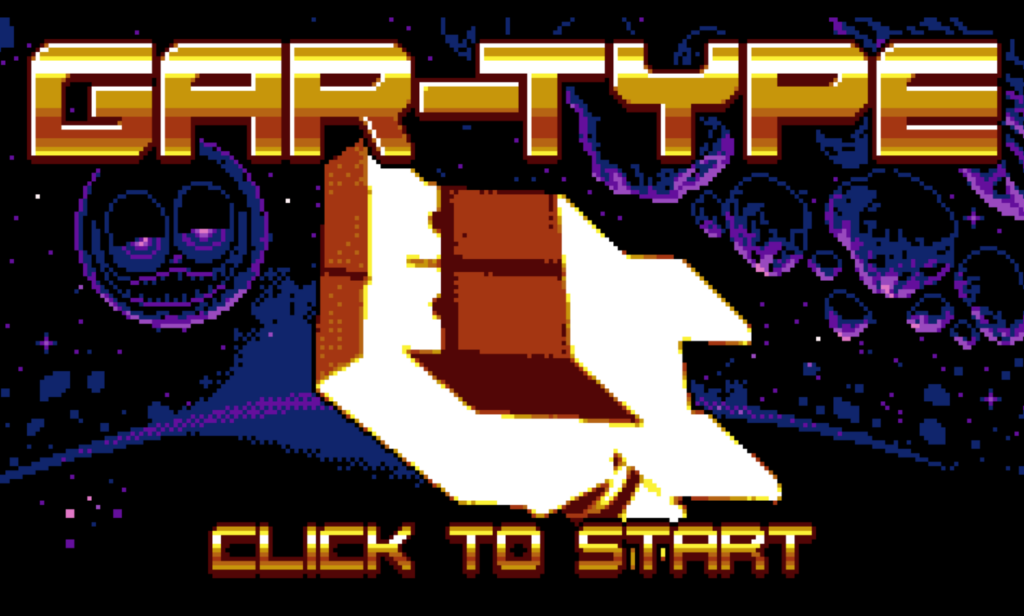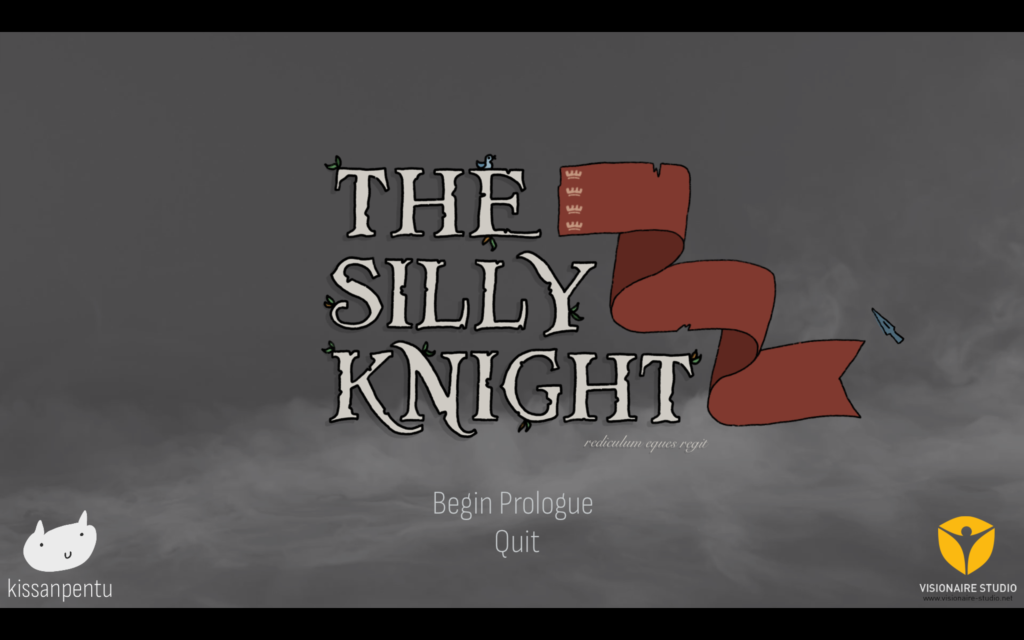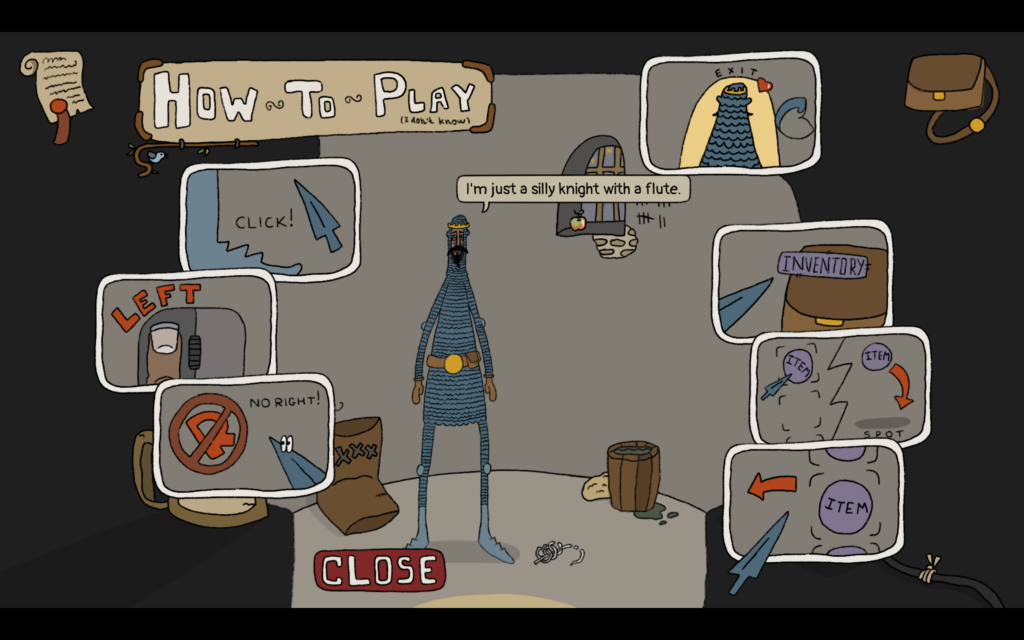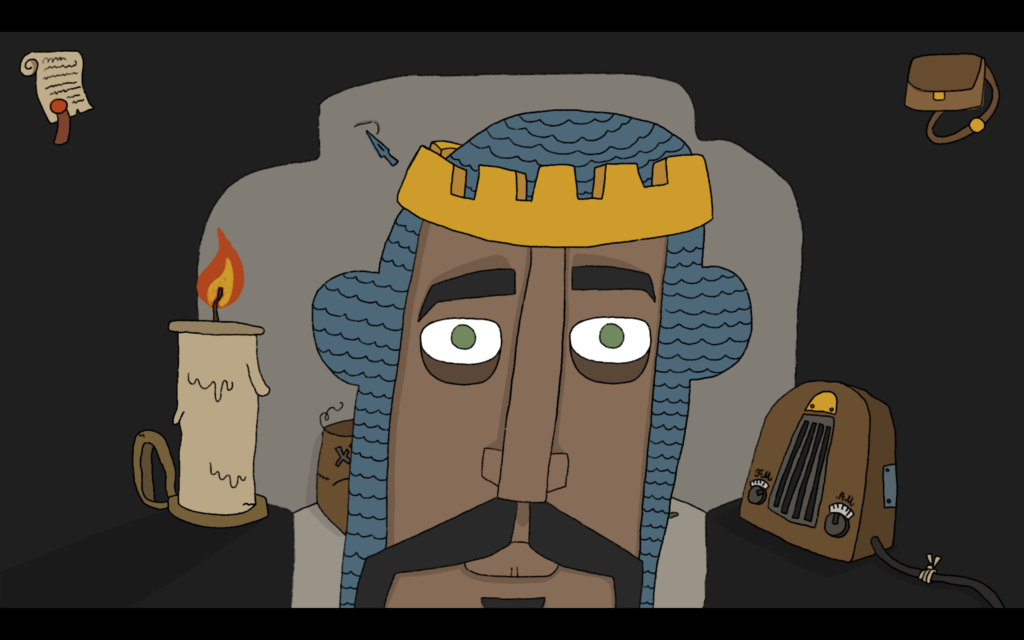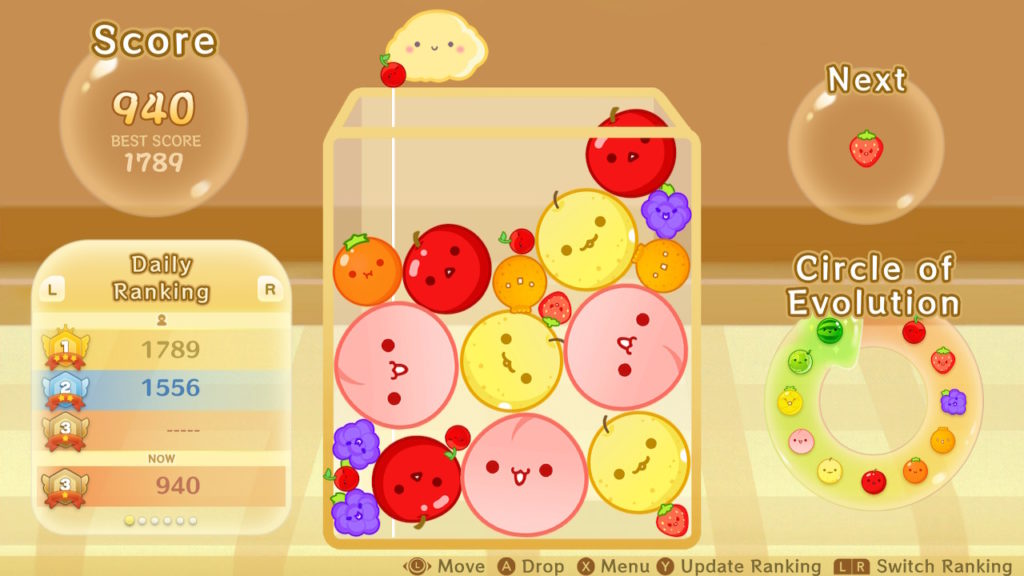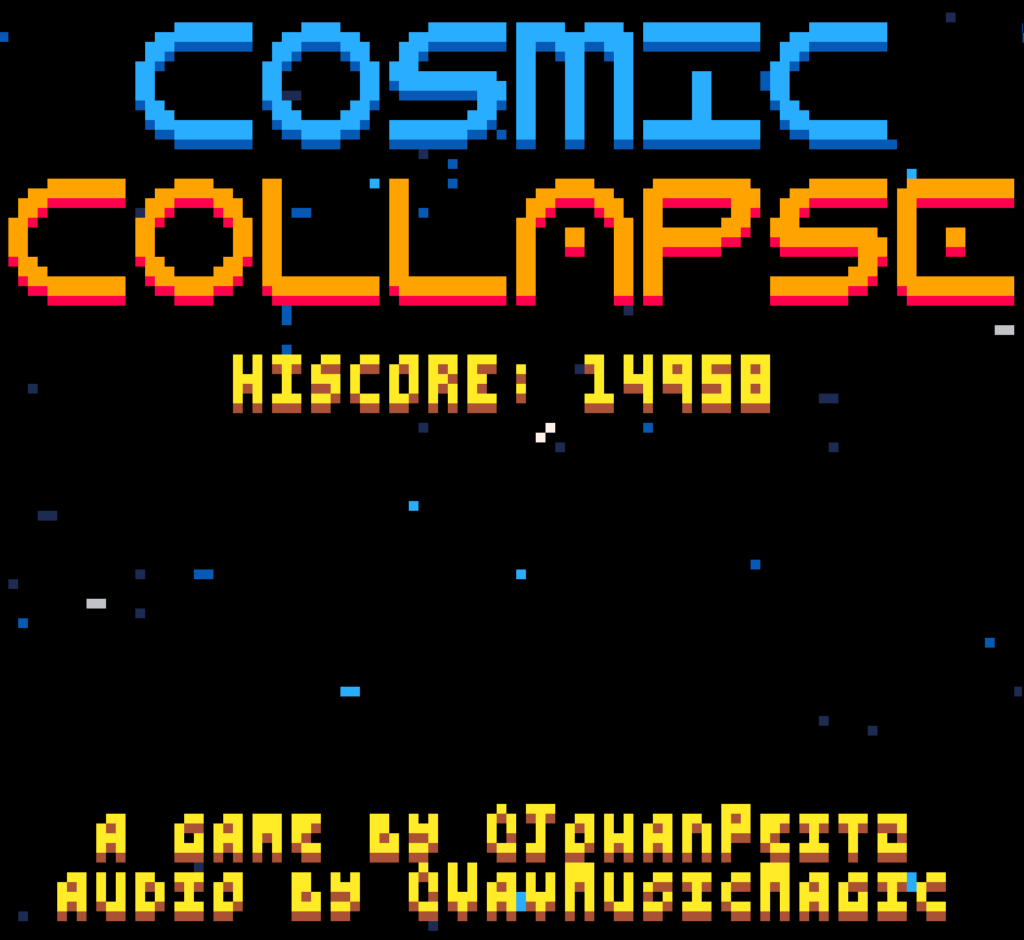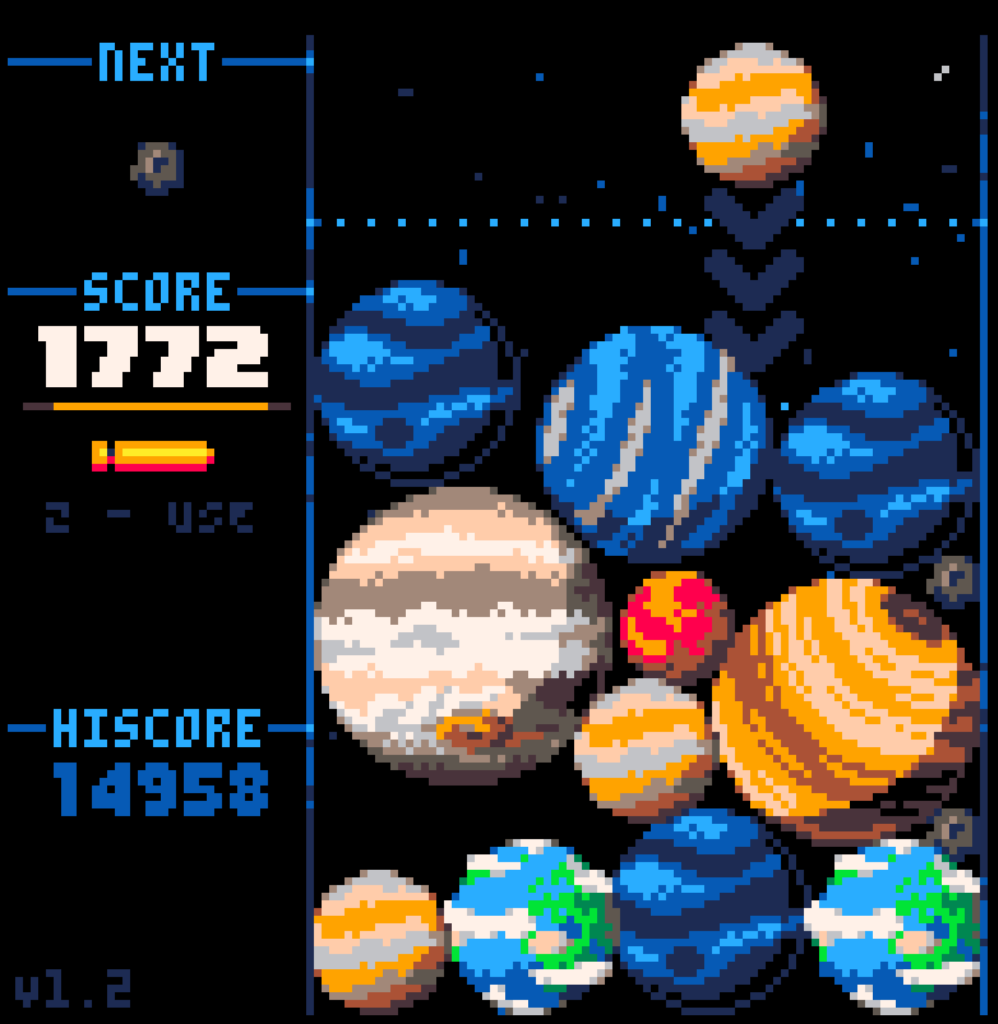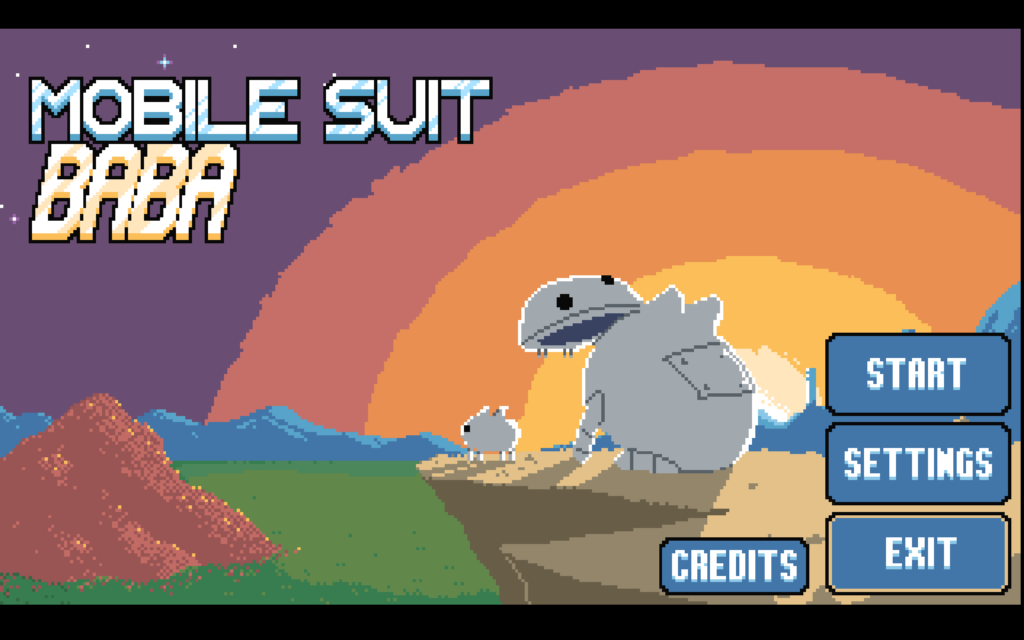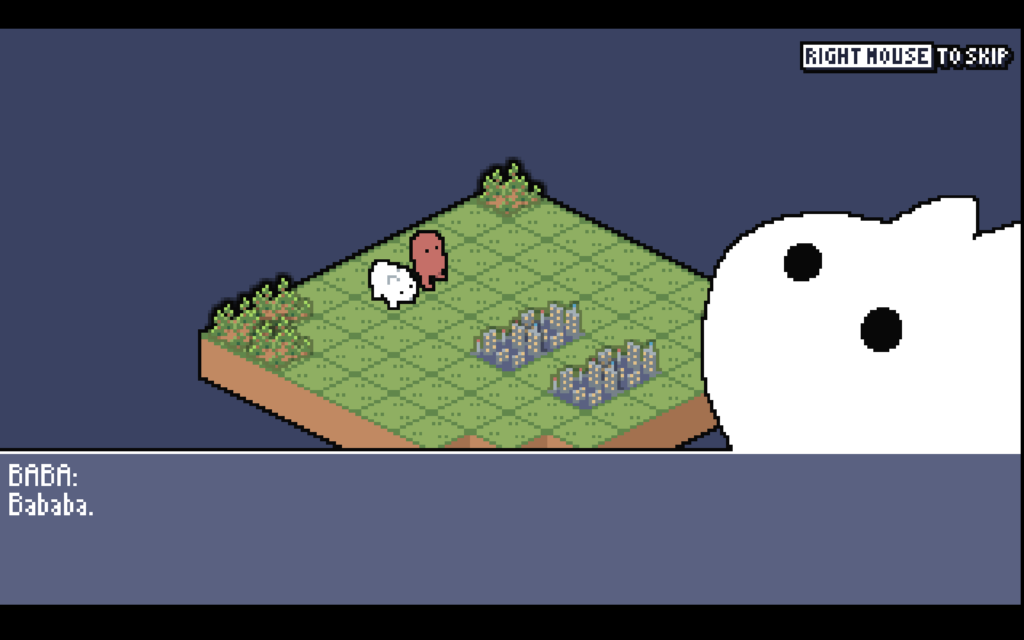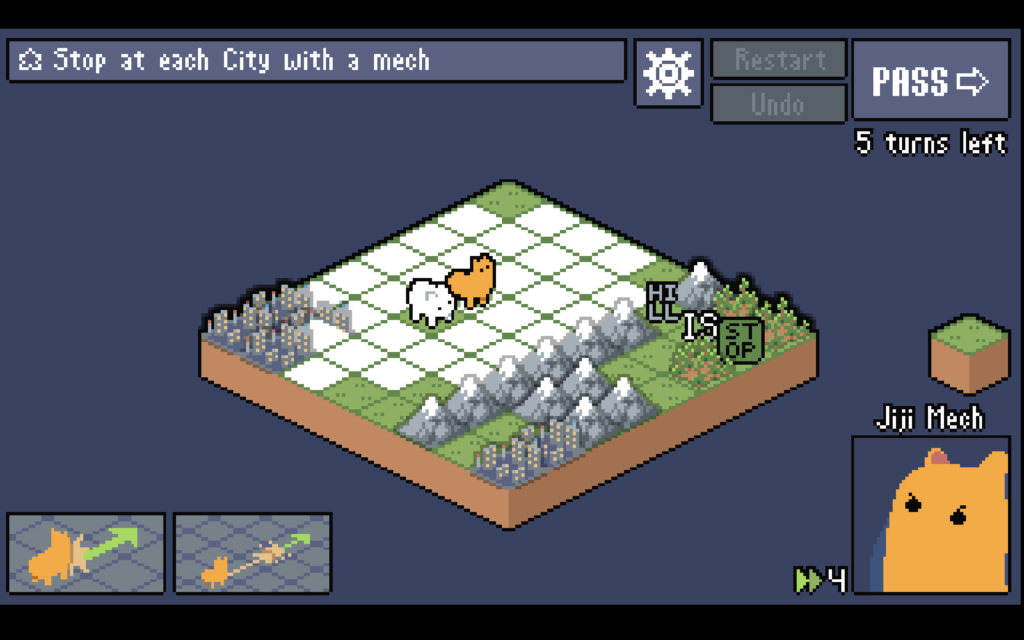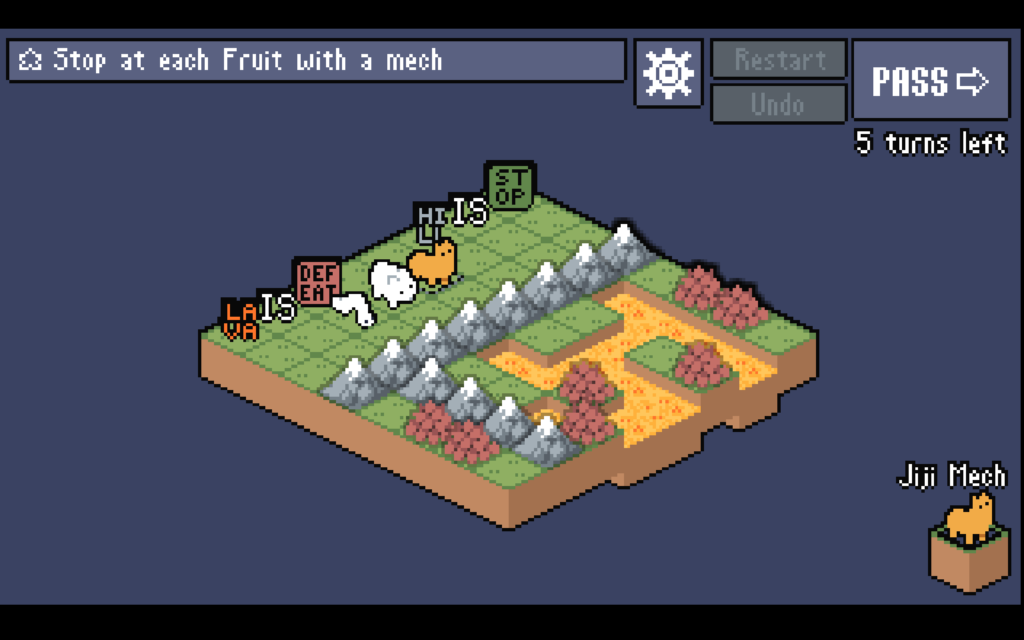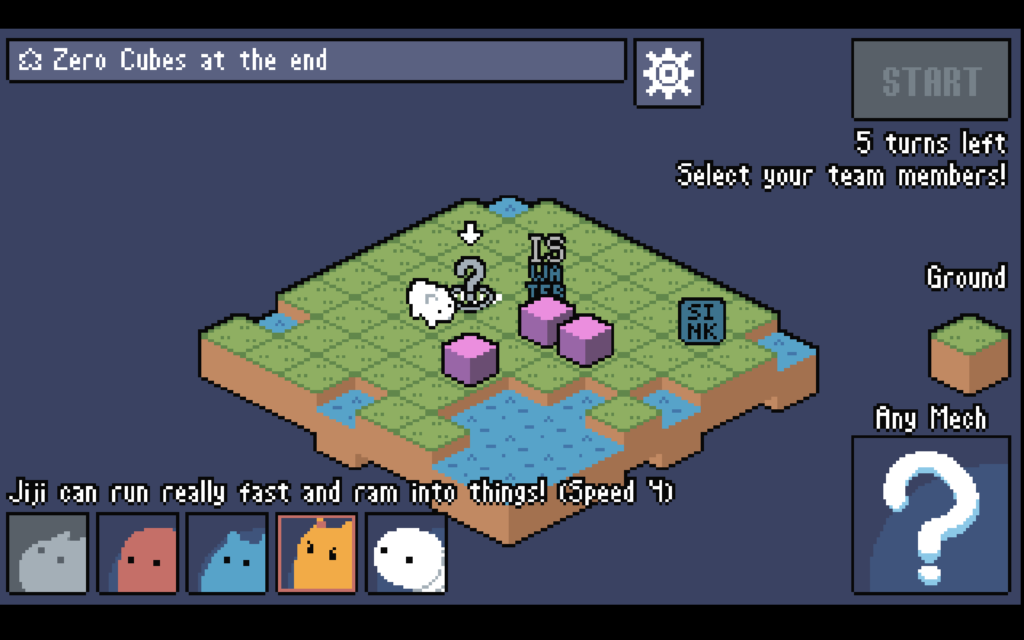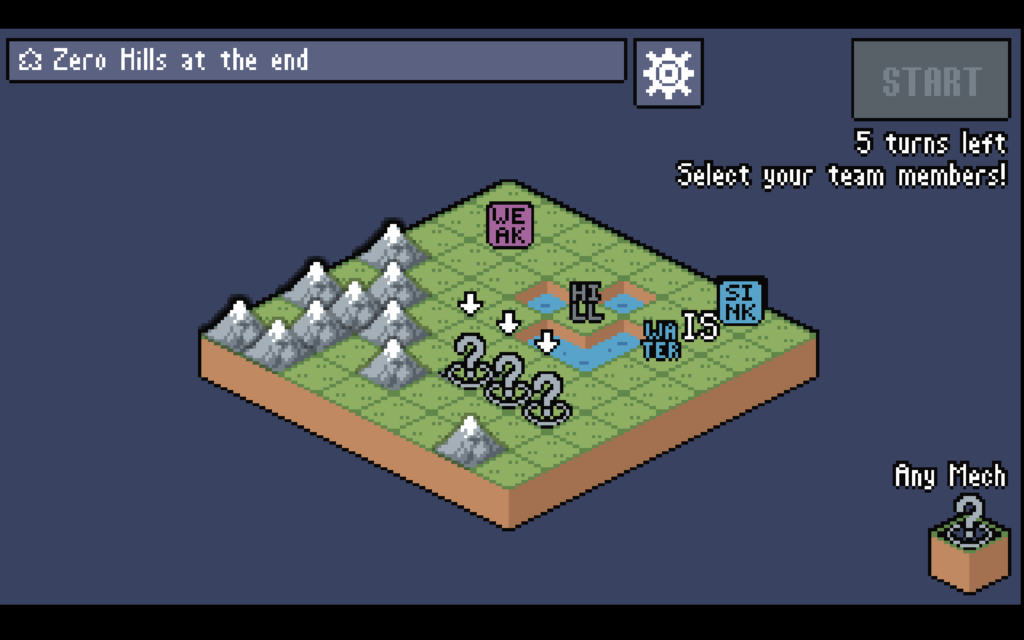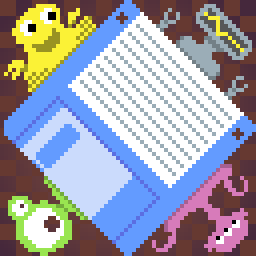
We love it when we find weird and unique indie games to tell you all about! Our alien friends to the left herald these occasions.
Writing about Nintendo fangames is fraught. Not that something might happen to me, the insidious grasp of their legal team doesn’t stretch that far yet, but for the games being written about. Remember AM2R, a fan remake of Metroid II that many believe was superior to Nintendo’s own revision? Then some big sites mentioned it, Nintendo heard about it, and they sent the creator a nastygram demanding they take it down. Set aside the fact that the game can still be readily obtained from numerous other sources; it still dumped a big bucket of freezing cold water on the hard work of its maker, which is hardly a way to treat fans, especially since the company’s prosperity depends on their good will. Nintendo must be really certain those enthusiasts won’t reject them.
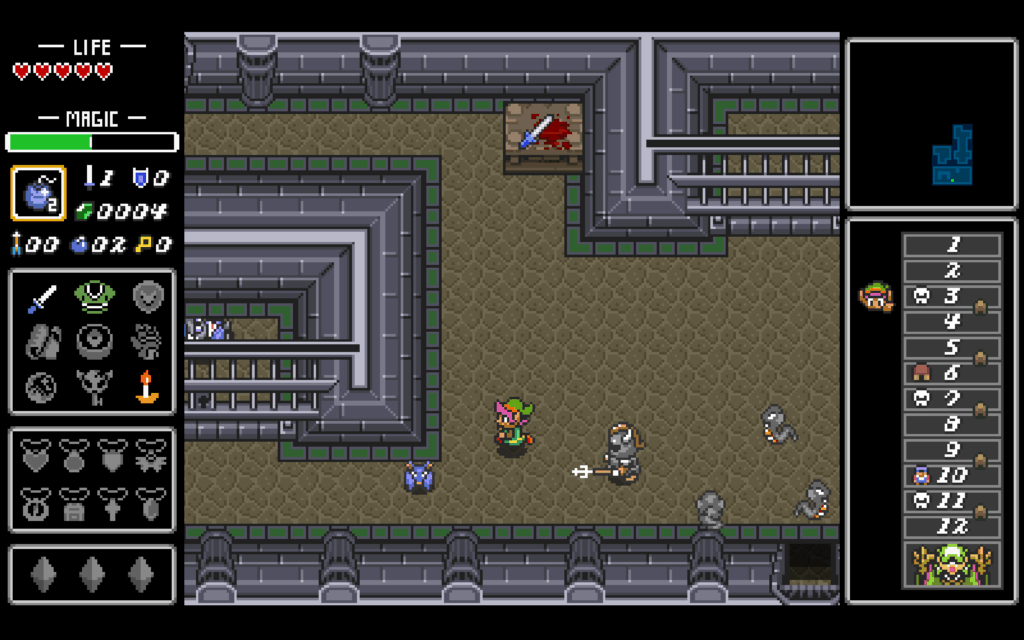
About our own blog, I don’t think anyone at Nintendo personally reads Set Side B. I’m sure their well-paid legal staff has plenty better things to do than read an obscure little daily retro/niche/indie blog, even if it’s one that posts articles on their products really often. But it does seem possible that someone at Nintendo might run a spider, an automated program that scans the internet for derivative works related to their products.
Not romhacks, mind you. For some reason Nintendo doesn’t take a lot of interest in romhacks of their work in most cases. But fanwork that uses their IP in one way or other has been known to attract the attention of the legal Warios. That is why AM2R got stomped upon by the Kuribo’s Shoe of Civil Law, and it’s why Zelda Online had to retitle to Graal Online (a project that continues to this day under that name).
I tell you this so you’ll know why I don’t give the full name of the project I’m going to refer solely by the second half of its title: Dungeons of Infinity. Any person looking at the screenshots will be able to easily tell what game it’s referring to, and uses assets from, but web crawlers won’t, or at least I won’t make it any easier for them than the Youtube videos that contain footage of its play. If you figure you want to try it, which I hope you will, if you search for it you’ll probably find it. I’ll help you out by telling you it’s not the board game Dungeons of Infinity, which had a Kickstarter in 2024. Many of the top hits for that phrase will be about that, but not all of them. I trust you’ll be able to tell them apart.
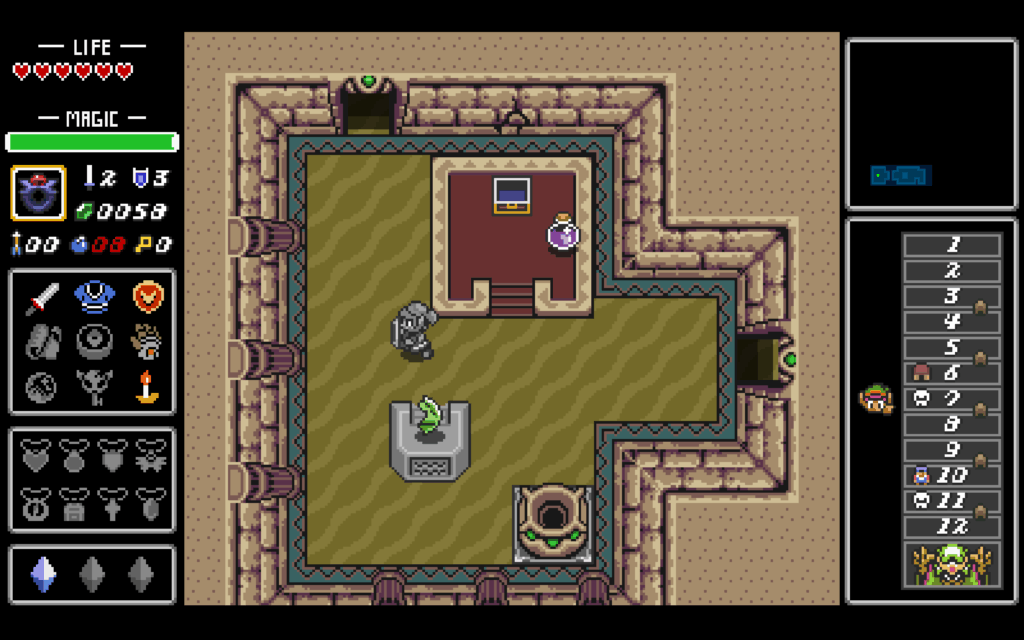
Most of the things I like about (mumble mumble): Dungeons of Infinity are not related to the game from which it borrows. If they could find some helpful people to make similar graphics in the same style, and changed the name, they might be able to escape danger entirely, but that might require time and effort the creator doesn’t have. Whatever be its trappings, it’s a pretty cool random dungeon exploration game in its own right. It has a pretty active Discord. Its creator mentions there that they’ve recently lost interest in working on the game so its current version, 1.2.1, will probably be its last. It’s still pretty cool as it stands.
So the idea is, like in the other games in the series of, um, The Saga of Fitzgerald’s Wife, is to pilot a green-suited elf kid through dangerous and tricky dungeons and caverns full of monsters and traps, collecting items and uncovering secrets. What’s different is that the game is much more linear than those other games (much like the Four Swords Adventures titles), and the rooms and their arrangements are randomly determined. So… also like the Four Swords Adventures games, although this one is purely for solo play.
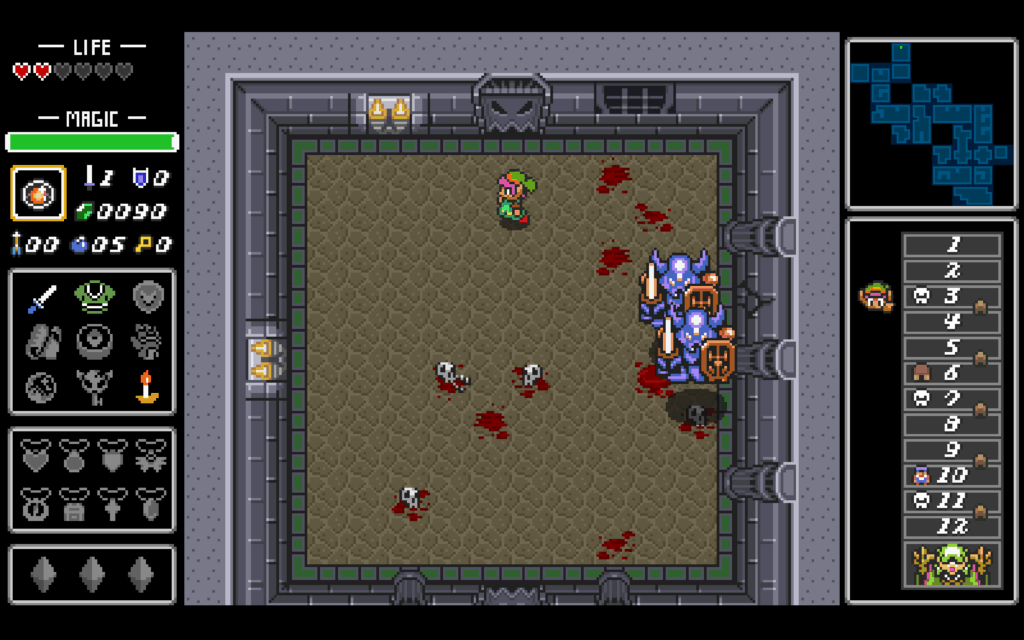
If you explore throughly enough you’ll always find a way forward, the game isn’t designed to give you unsolvable situations. But what can change, and quite a lot at that, is the items that you find. Weapons like the Bow, the Hookshot or the Boomerang have to be found, or sometimes bought, if you want to use them. None of these items are required to win, but without certain items, like Sword and Tunic upgrades, or extra Heart Containers, you’ll find the going much more difficult.
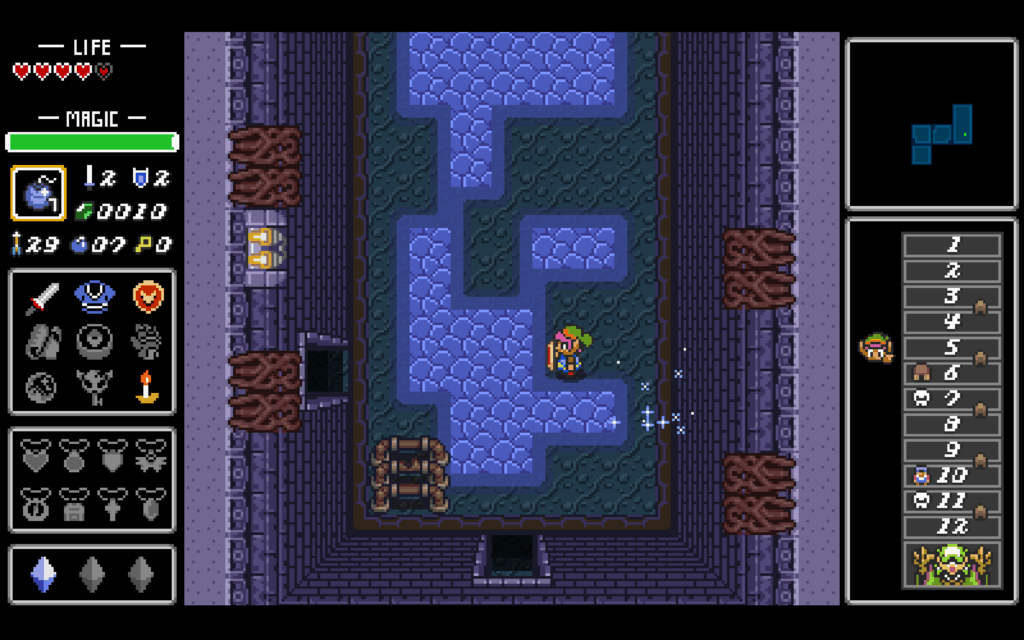
In fact, probably the game’s biggest drawback is that it falls prey, a bit, to fangame difficuly malaise. Bosses that in the original game aren’t hugely difficult here are tenacious damage sponges. Everything in the game has been tuned to be that little bit more difficult: you have less health, sources of healing are less common, and enemies take more damage. Due to the nature of difficulty, all of these individual sources of peril multiply together and become much harder than the sum of its parts. And (mumble mumble): Dungeons of Infinity is a permadeath game: if you take too much damage and run out of hearts, the adventure ends, so to keep going you have to start over from the beginning, fighting all the early enemies once again, and building a whole new collection of random items. If you’re not up for a challenge, well, you probably shouldn’t bother downloading it.
Here’s some details that it might be useful to know:
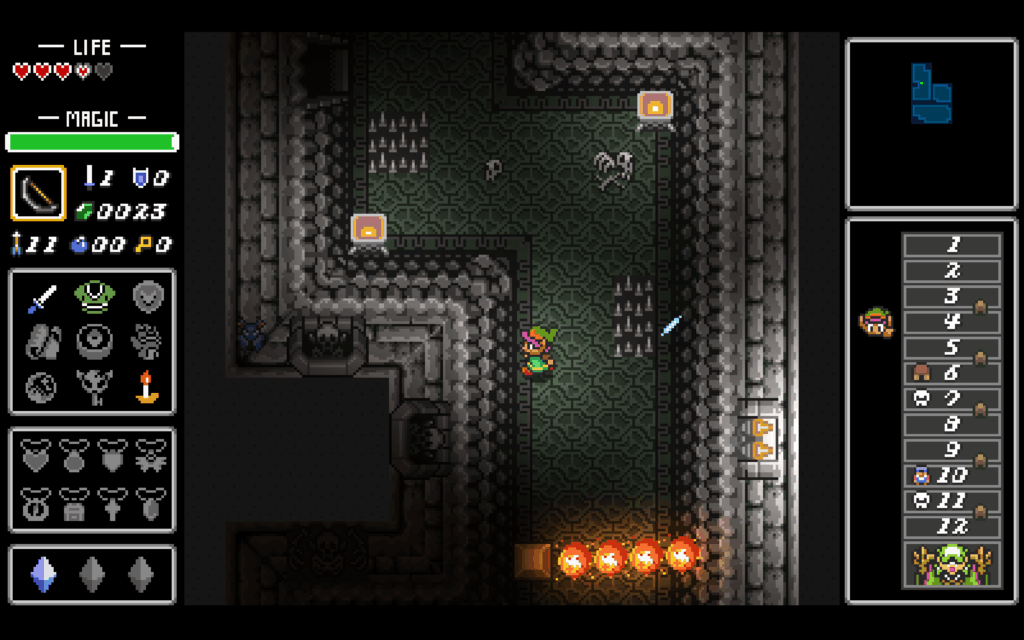
- You have a very limited inventory space. You can only hold five items by default. The bow & its arrows count as separate items too, as do your bombs and any healing items you find. You can find, or (more likely) buy inventory expansions, and there are items that help keep other items from taking up inventory spaces, but you’ll frequently have to make difficult choices for what to keep.
- On the other hand, items you drop, or don’t have room to collect, don’t disappear. They’ll remain on the ground in the room they were dropped or found in until you come back for them, or else take the downstairs (you don’t get to backtrack to previous floors). If you hold off on collecting hearts when you’re at full health, then when you do take damage, you can come back to pick them up later.
- Aiding in this, enemies that you defeat never return. It’s possible to clear whole dungeon floors of monsters, making them much safer to explore.
- In the bottom-right corner of the HUD, there’s a vertical map of all the dungeon levels, which gives you the low-down on where the bosses are. It also marks the location of save points. In the true spirit of permadeath these points are only for taking breaks, not for continually restoring from, but seeing as how the game is fairly long it’s good to take advantage of them, and refresh the mental batteries for a bit before tackling the next leg of the quest.
- It’s a shame that it’s pretty far into the game, but in the rebel village area on the 6th floor there’s an arcade with a pretty decent remake of arcade classic Berzerk in it, as well as an endless runner version of Pitfall with a recreation of the music from Pitfall II: Lost Caverns! If you get a few rooms into the Berzerk remake, you’ll find another mini-game, within that mini-game. I don’t know how deep this recursive ouroboros of gaming goes, but it’s a very nice touch.
